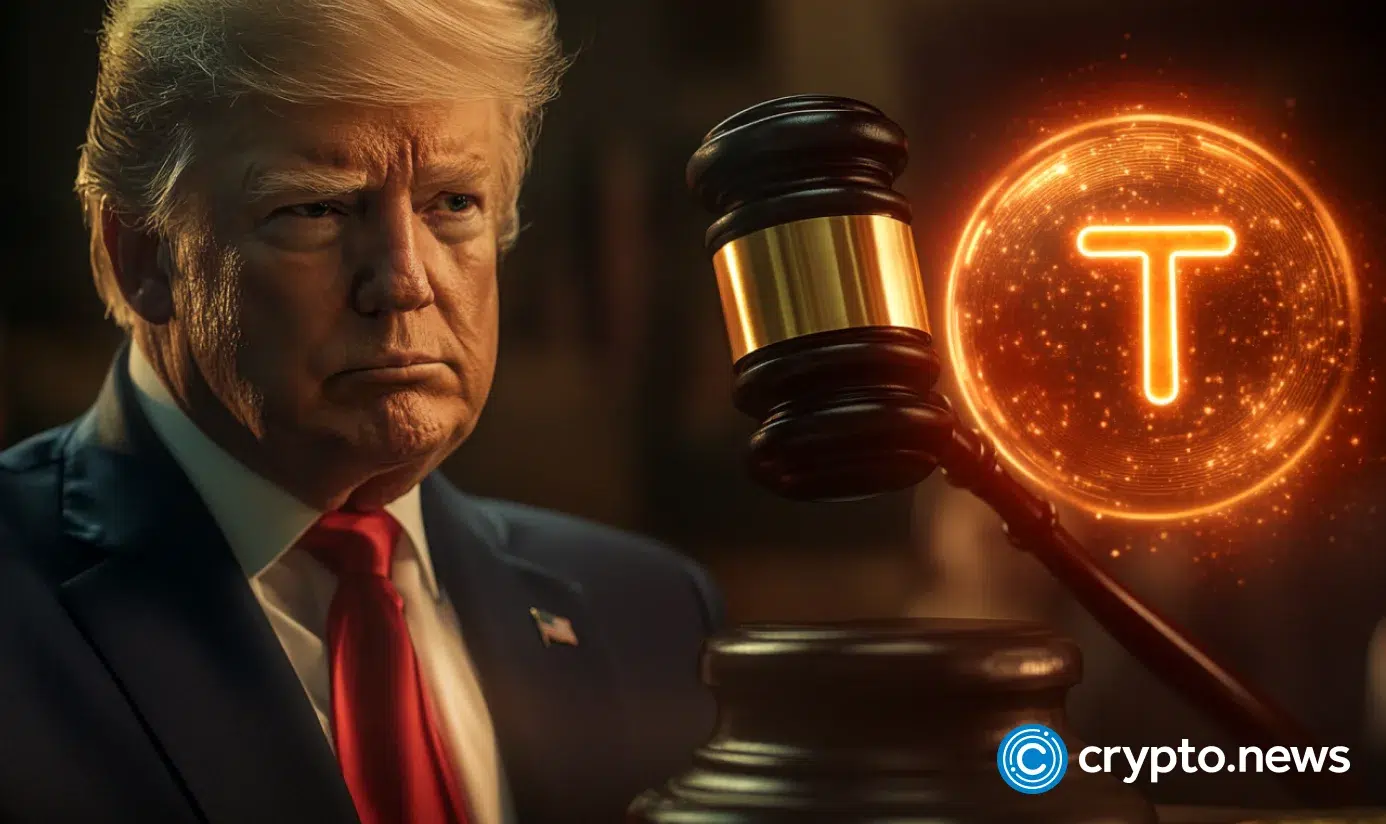Microsoft Marketing Strategy: Multi-Audience Advertising at Scale
When asking about the biggest brands in the world, Microsoft is obviously included in that list. That’s because it is a unique tech giant with a multi-audience marketing strategy that spans everyday consumers, enterprise CEOs, and software developers alike. ...

When asking about the biggest brands in the world, Microsoft is obviously included in that list.
That’s because it is a unique tech giant with a multi-audience marketing strategy that spans everyday consumers, enterprise CEOs, and software developers alike.
How does a single brand engage such diverse audiences at a global scale? The answer lies in Microsoft’s marketing strategy that tailors messages to different segments.
In this blog, we’ll explore how Microsoft orchestrates its marketing, from the classic 4Ps to cutting-edge digital campaigns, to inspire marketing professionals looking to reach broad audiences. We’ll also look at real campaign examples and see how the marketing strategy of Microsoft corporation stacks up against competitors like Apple, Google, and Amazon.
What’s Inside
Microsoft Marketing Mix & 4P Microsoft Target Market: Advertising for Multi-Audience Microsoft Marketing Strategy Microsoft Social Media StrategyMicrosoft Marketing Mix & 4P
Like many global firms, Microsoft’s marketing strategy is underpinned by a robust marketing mix that covers its vast product range, pricing models, global distribution, and integrated promotion efforts.
To understand Microsoft’s marketing strategy in detail, the 4Ps must be examined first.
Let’s see the 4Ps of Microsoft:
🕹️Product
Microsoft offers an extensive portfolio that includes well-known software like Windows OS, Office 365, and Microsoft Teams, hardware like Surface and Xbox, and cloud services like Azure.
Of course, the company does not stop there; it continually innovates by embedding AI features into its current products and services.
This diversity means Microsoft has a solution for individuals, small businesses, and large enterprises alike, reinforcing its mission of empowering every user through technology.
💸Price
Since Microsoft has a multi-audience approach, it employs diverse pricing models (both for frugal customers and big-budget corporations.)
Many products use tiered or subscription pricing. For example, Office 365 is sold in personal, family, and enterprise plans to fit different budgets.
Microsoft also offers free or discounted versions for educators and students to foster early loyalty. By balancing low-cost entry points with premium enterprise licenses, Microsoft expands its reach while maintaining revenue.
On the other hand, Azure Cloud offers pay-as-you-go flexibility, appealing to startups and Fortune 500 companies.
📍Place
For Microsoft, global availability stands out as a key strength. Its products are available in more than 190 countries and via numerous channels.
These channels include physical retailers like Microsoft stores and Best Buy, online stores, OEM pre-installs, and a vast partner network of resellers and integrators.
For software and cloud services, distribution is often digital: downloads via the web or cloud data centers in local regions to ensure speed and compliance.
📢Promotion
Microsoft promotion is integrated and multi-channel.
The tech giant runs traditional ads but places heavy emphasis on digital marketing, partnerships, and community engagement. While doing that, the company does not hesitate to invest heavily. Just in 2024, Microsoft invested $24.46 billion in marketing, marking its highest expenditure in a decade.
As we mentioned, Microsoft blends advertising, influencer partnerships, content marketing, and events to tell its story. Remember the “Empowering Us All” campaign? It spotlights real people using its technology, an emotional storytelling approach to promotion.
Developer events (Microsoft Build) and educational webinars are other promotional touchpoints.
On social media, Microsoft maintains an active presence to engage audiences (from LinkedIn thought leadership to Instagram device showcases).
So, Microsoft’s marketing strategy for promotion is about being wherever its audience is, with consistent messaging of empowerment and innovation.
Rethink Digital Products — Do It Microsoft’s Way
Microsoft doesn’t just build great products; it knows how to market them. These agencies help tech-forward brands turn complex product and app innovations into engaging digital narratives that drive visibility.
Microsoft Target Market: Advertising for Multi-Audience
When you hear the words “global company,” iconic brand names such as Coca-Cola, Apple and Microsoft come to mind.
– Nicolas Dessaigne
From individual consumers (young and old alike) to IT decision-makers and developers, Microsoft’s marketing targets a broad spectrum of audiences. That’s why we call it multi-audience.
The best part? Each target group gets tailored messaging while staying true to the core brand. So, it is possible to say that one size does not fit all in Microsoft’s marketing strategy.
Let’s look closer at how Microsoft approaches its three primary markets:
💰Consumer audiences 💰
Microsoft speaks to everyday tech users, families, students, and gamers. Products like Windows, Office, Surface, Bing, and Xbox are marketed with a consumer-friendly touch.
The brand positioning in that group emphasizes how Microsoft tech enriches daily life with creativity, connection, and fun. Take Windows 11 ads that highlight creative possibilities and a modern lifestyle.
On the other hand, Xbox campaigns are edgy and youth-oriented with flashy visuals and gamer-centric storytelling.
As we stated above, Microsoft often creates purpose-driven ads for consumer marketing; a standout example is the “We All Win” Super Bowl ad featuring children with disabilities gaming with the Xbox Adaptive Controller. The ad conveys an emotional message of inclusion that resonated with families worldwide.
🧑💼Enterprise audiences 🧑💼
As you can predict, Microsoft has an enterprise market that includes businesses of all sizes, governments, and organizations.
This target group is where products like Azure cloud services, Microsoft Teams, Office, Dynamics 365, GitHub Enterprise, and security solutions come into play.
So, marketing to this segment revolves around productivity, reliability, and ROI. And the company positions itself as a “trusted partner for digital transformation.” To reinforce this strategy, campaigns targeting enterprises highlight case studies and actual business results.
Microsoft’s outreach here is a major part of the marketing strategy to reinforce its leadership in B2B tech solutions.
🧑💻Developer audiences 🧑💻
Microsoft actively courts developers because they influence technology choices in companies and create apps that enrich its own ecosystem.
Marketing to developers focuses on fostering a community around the brand. This is evident in Microsoft’s initiatives like Docs and Microsoft Learn, their engineering blogs, and their ownership of GitHub.
These efforts align closely with Microsoft advertising and promotion within developer communities.
By dividing its vast customer base into different segments and tailoring content for each, Microsoft creates a relevant brand for a teenager gaming on an Xbox, a project manager using Teams at work, and a coder writing Python on Azure.
Microsoft Marketing Strategy
Microsoft is not just an American company; it’s a global brand present in almost every corner of the planet, no exaggeration. And known for its solutions for more than 50 years.
Building a marketing strategy that works in both China and the U.S. is no small feat. That’s why Microsoft’s marketing can be summarized as “Think global, act local.”
Actually, the marketing strategy of Microsoft Corporation includes localization of both messaging and product offerings while staying consistent with the core themes. Take Microsoft advertising as an example; from global cloud infrastructure campaigns to regional Surface product launches, the company balances global consistency with local hallmarks.
What about Microsoft’s digital presence?
First and foremost, we can say that the company’s multi-audience digital marketing spans:
Content marketing (social media platforms + website): Human-centered storytelling with hyper-personalization. Social media ads: Targeted Microsoft promotion through LinkedIn (for B2B), Instagram (for Surface), and TikTok (for Xbox). Programmatic Ads: Using its own network, Microsoft advertising, to serve hyper-targeted display ads. Google ads: Investing in keyword-rich landing pages and paid search campaigns to dominate high-intent queries.Speaking of storytelling and brand positioning on digital, we need to mention Bill Gates and his story. Sharing Bill Gates’ story and embracing Microsoft’s heritage are integral parts of the Microsoft marketing strategy.
Microsoft doesn’t shy away from its legacy. In fact, it strategically references its products like Windows 95, Office, and the first Xbox to show how it has shaped the digital age.
Similarly, since Bill Gates represents innovation, ambition, and technological vision, Microsoft often references Gates’ origin story when reinforcing its commitment to empowering users through technology, especially on social media channels.
Gates is not the only “celeb” Microsoft teamed up with. Especially when it comes to purpose-driven marketing and social impact storytelling, the tech giant partners with well-known personalities.
Remember Trevor Noah’s The Prompt series on YouTube? In it, the well-known comedian participates in campaigns around digital education, creativity, and tech for good.
From storytelling to purpose-driven marketing, all of these tools are used together to drive performance across every customer journey.
Microsoft vs Competitors: What Sets Their Marketing Apart?
Compared to Apple’s marketing strategy and design-led minimalism, Google’s innovation-led tone, and Amazon’s functional product push, Microsoft stands out with its segmented marketing. Microsoft invests heavily in both Microsoft advertising and direct outreach to diverse audiences—a blend that few of its competitors match at scale.
Microsoft Social Media Strategy
Needless to say, Microsoft’s social media strategy is multifaceted, leveraging various platforms to connect with different audience segments effectively.
For example, on LinkedIn, Microsoft shares articles and insights from the company’s executives and Bill Gates (of course) while hosting professional events. We also know that the tech giant uses the platform’s targeting abilities to reach specific professional demographics.
On the other hand, on YouTube, the company shares a series of tutorials to help users.
What about the rest of Microsoft’s social media efforts? Here are Microsoft’s social media strategy and content principles:
Taking Advantage of Nostalgia Marketing (Nostalgia ASMR)
As a wise move, Microsoft uses nostalgia marketing on social media to evoke emotional responses and deepen engagement. It’s particularly effective with millennials and Gen Xers who remember early Microsoft products like Windows 95, Paint, or Clippy.
This type of content works because it reminds users of their “first PC” or the first time they used “Paint.” It directly connects people with their early digital experiences.
From the side of the company, these are evidence of how long they have been in the tech space.
Showcasing Innovation & New Features
The first and foremost thing while marketing for technology companies is obviously promoting their products’ new features via visual storytelling.
Especially on Instagram and TikTok, by sharing images and videos of Surface devices, Xbox consoles, and software interfaces, Microsoft promotes new features and technologies.
And, this type of content showcases how the products can be used in various ways.
Participating in Trends
Engaging with popular challenges and memes to increase visibility.
Take that as an example: Recently, Anime-style AI-generated photos became popular on social media, and Microsoft did not hesitate to participate in.
In addition to gaining visibility, participating in trends is a way to connect with younger generations, and the company’s marketing team knows how to do that.
Sharing Office Humor Videos
The best and most basic way to humanize a brand is to share some office shots.
Knowing that Microsoft uses light, relatable office humor to break the stereotype of being a “corporate-only” tech giant.
These videos often showcase everyday work struggles, playful teams, remote working experiences, and productivity fails using Microsoft 365 tools.
Making a Social Impact
And, making a social impact is a core pillar of Microsoft’s marketing strategy and brand identity.
For the tech giant, social good is not just a side initiative but is embedded into product campaigns, partnerships, and platform messaging.
As a part of that purpose-driven marketing, in addition to awareness videos, the company proudly announces the configurable, wired Xbox Adaptive Joystick via its social media channels.
Microsoft’s marketing strategy is a good example of how a tech brand can reach to multi-audience; from teenage gamers to CIOs, without losing authenticity or focus. What sets Microsoft apart is its ability to market with purpose and personality. From collaborations with well-known names and mission-led campaigns that tackle global issues, Microsoft shows that effective marketing today is about more than product: Values and voice.

 KickT
KickT 







![Which LLM Should You Use for Your Business? [Pros and Cons]](https://www.hubspot.com/hubfs/which%20llm%20to%20use.png)
























